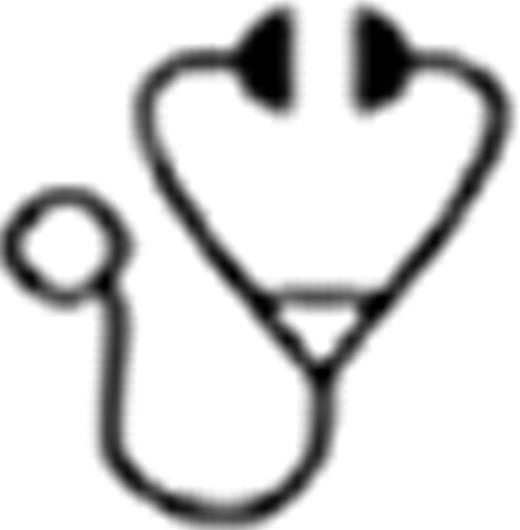Abstract
Abstract  965
965
It is becoming clear that bone marrow (BM) and umbilical cord blood (UCB) cells can engraft in extramedullary tissues after hematopoietic cell transplantation (HCT). On the basis of preclinical testing in an animal model of recessive dystrophic epidermolysis bullosa (RDEB, an incurable, often fatal blistering genodermatosis), we evaluated the effectiveness of allogeneic HCT in ameliorating the biochemical and clinical manifestations of the disease in humans. RDEB is due to deficiency of type VII collagen (C7), which causes a lack of attachment between the epidermal basement membrane and the dermal matrix, and which results in a poor quality of life and early death as a result of chronic mucocutaneous blistering. Between 2007 and 2012, 18 patients with severe generalized RDEB have undergone allogeneic HCT at the University of Minnesota. Thirteen patients were treated with myeloablative (MA) conditioning (busulfan IV 0.8 mg/kg for >12 kg and 1.1 mg/kg for those <12 kg of body weight every 6 hours on days -9 to -6, with pharmacokinetic targeting 1,000 mmol/min for the area under curve; fludarabine [FLU] IV 25 mg/m2/day on days -5 to -3; and cyclophosphamide [CY] IV 50 mg/kg/day on days -5 to -2). Five patients were treated with non-MA conditioning (CY IV 50 mg/kg/day on day -6; FLU IV 40 mg/m2/day on days -6 to -2; anti-thymocyte globulin IV 30 mg/kg/day on days -4 to -2; and total body irradiation 200 cGy on day -1), with cyclosporine A and mycophenolate mofetil as GVHD prophylaxis. Patients were transplanted with either BM from an HLA-matched sibling (n=10) or HLA-matched unrelated donor (n=3), or with partially matched UCB (n=5) when a matched marrow donor was not available. In addition to the hematopoietic graft, a single infusion of third-party, HLA-mismatched mesenchymal stromal/stem cells (MSCs, dose: 2 × 106/kg) was administered on day 0 to 12 of the 18 RDEB individuals (7 with MA and 5 with non-MA conditioning). The primary endpoint of the analysis was survival with skin improvement. Importantly, non-MA conditioning was well tolerated, with a marked reduction in risk of infection, and of pulmonary and renal toxicity. Thus far, for the entire cohort, the overall probability of survival is 73% (95% CI, 49–96%), with 11 patients demonstrating partial-to-marked biochemical and clinical improvement in mucocutaneous disease as evaluated by protein expression and resistance to blistering. There are no significant differences yet in beneficial or adverse effects in patients treated with or without MSC co-infusion. Transplant outcomes are shown in the Table.
| Graft . | N . | Regimen . | N . | C7 Protein Expression . | Skin Healing1 . | Skin Chimerism, N (range)3 . | GvHD Acute/Chronic . | Alive . | Alive and Engrafted . |
|---|---|---|---|---|---|---|---|---|---|
| UCB | 5 | MA | 4 | 2 | 1 | 1 (11–30%) | 1/1 | 2 | 1 |
| RIC | 1 | 0 | 0 | 0 | 0/0 | 1 | 0 | ||
| BM | 13 | MA | 9 | 6 | 72 | 7 (2–97%) | 1/0 | 7 | 7 |
| RIC | 4 | 1 | 32 | 2 (3–23%) | 0/0 | 4 | 4 | ||
| Total | 18 | 18 | 10 | 11 | 10 | 2/1 | 14 | 11 |
| Graft . | N . | Regimen . | N . | C7 Protein Expression . | Skin Healing1 . | Skin Chimerism, N (range)3 . | GvHD Acute/Chronic . | Alive . | Alive and Engrafted . |
|---|---|---|---|---|---|---|---|---|---|
| UCB | 5 | MA | 4 | 2 | 1 | 1 (11–30%) | 1/1 | 2 | 1 |
| RIC | 1 | 0 | 0 | 0 | 0/0 | 1 | 0 | ||
| BM | 13 | MA | 9 | 6 | 72 | 7 (2–97%) | 1/0 | 7 | 7 |
| RIC | 4 | 1 | 32 | 2 (3–23%) | 0/0 | 4 | 4 | ||
| Total | 18 | 18 | 10 | 11 | 10 | 2/1 | 14 | 11 |
Defined as a change in the amount of skin covered with blisters and erosions from >50% before HCT to <10% after HCT.
Remarkably, significant clinical improvement can be achieved even in the absence of any detectable C7 early after HCT.
Approximately 30% of wild-type levels of C7 are believed to be sufficient to protect from extensive blistering.
We conclude that BM is the preferred source of HSC (BM: 11 of 13 alive and engrafted [85%] versus CB: 1 of 5 alive and engrafted [20%], p-value = 0.02). Also, early results with the non-MA conditioning are promising in terms of toxicity profile and engraftment. Overall, HCT can result in significant skin engraftment, restoration of the missing C7 protein, and clinical improvement in RDEB. HCT has the potential of being a durable, systemic therapy for many people with different forms and severities of EB, and sets the stage for using BM cells in the treatment of a broad spectrum of extracellular matrix disorders.
No relevant conflicts of interest to declare.
Author notes
Asterisk with author names denotes non-ASH members.

This icon denotes a clinically relevant abstract

This feature is available to Subscribers Only
Sign In or Create an Account Close Modal